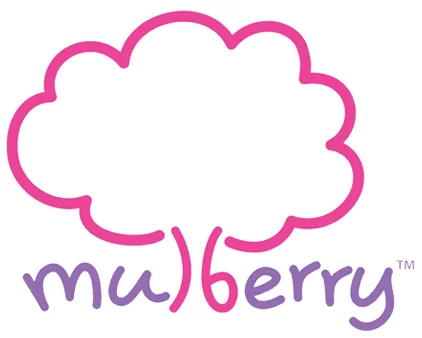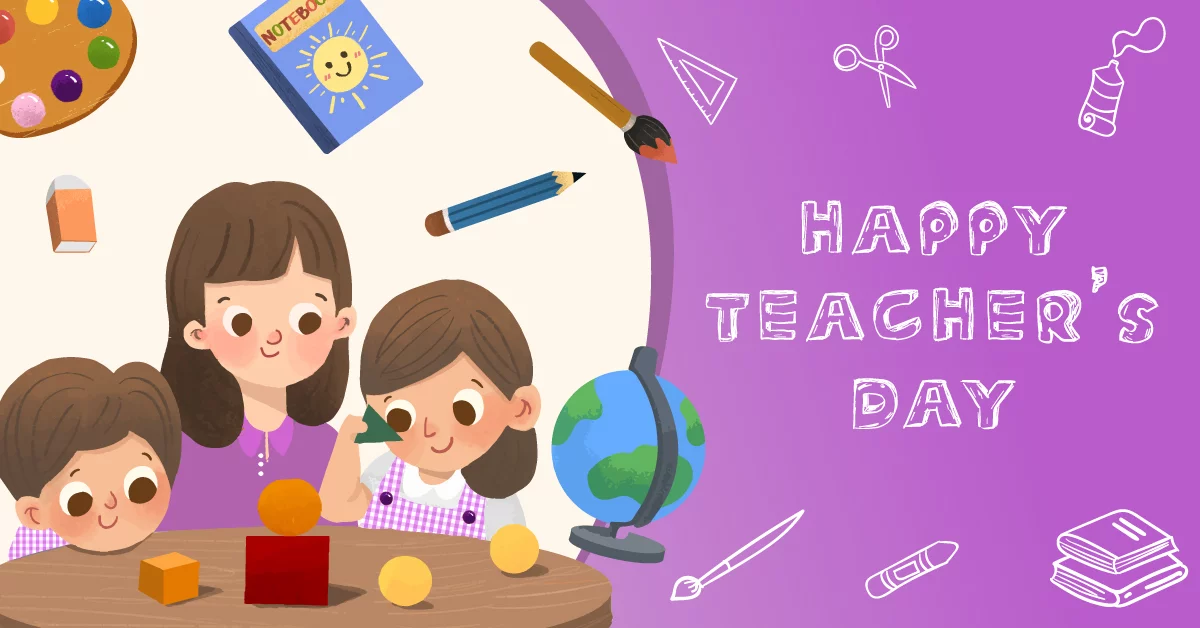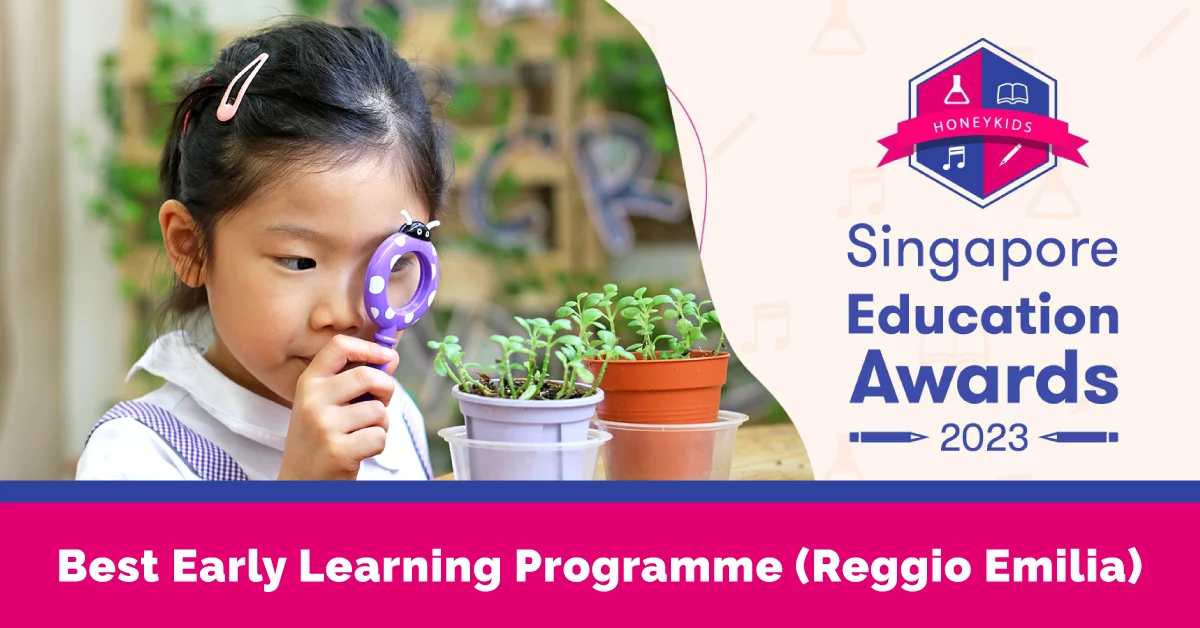
The Difference Between STEM vs STEAM vs STREAM
The Difference Between STEM vs STEAM vs STREAM
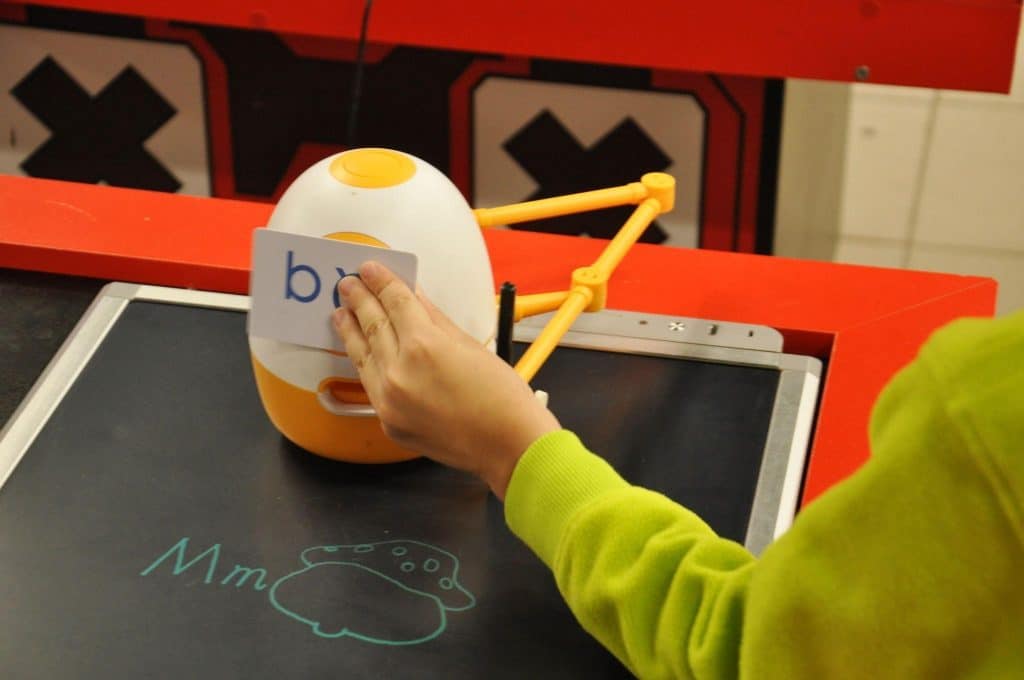
STEM (Science, Technology, Engineering, and Mathematics) might be a popular acronym you hear thrown around, but there are some other STEM acronyms that aren’t as widely known. These phrases—STEAM (Science, Technology, Engineering, Art, and Mathematics) and STREAM (Science, Technology, Reading and Writing, Engineering, Arts, and Mathematics)—actually encompass a wider range of study opportunities for kids. It’s important to note that all of these acronyms share a common theme—they each advocate for education in the sciences—but there are plenty of differences that make each one unique.
Although STEM education is not new, it has recently attracted a lot of attention as a result of educators’ search for deeper and more effective ways to engage and connect with students. Since many parents are familiar with the STEM curriculum, STEAM and STREAM may confuse them. Continue reading to find out more about the differences between STEM, STEAM, and STREAM to decide what works best for your child.
STEM vs. STEAM

STEAM adds an A for Art to the STEM acronym to create a more inclusive learning environment for students who are interested in creative fields like art, music and design. It also means that there’s more room in the syllabus for creative thinking within any subject area.
Language arts, humanities, dance, music, drama, visual arts, new media, design, and other arts are all covered in STEAM-focused curricula. Children who investigate these topics and become experts in at least one of them are more marketable to employers today.
STEAM vs. STREAM
STEAM and STREAM are acronyms that share a common goal: to promote the importance of STEM education.
The focus of STREAM education is no longer on fact memorisation. Instead, it’s about giving kids the freedom to think creatively, read and write, experiment, and construct things on their own. When given the chance to express their creativity, they can use their knowledge and skills to bring their imagination and original ideas to life.
Reading and writing are two important skills that are often overlooked. They are the building blocks of all other learning, and they help children develop their own opinions and become confident enough to share them with others.
A child’s reading ability is an indicator of how well they will do academically throughout their school years. In fact, studies show that if a child has a strong background in reading, they will have higher test scores in all subjects throughout their academic career.
Reading comprehension is also important because it helps children understand what they are being taught in school, which makes them feel more confident about what they are learning and allows them to participate more fully in class discussions.
Writing is another essential skill that can help prepare students for success in life after school by giving them practise communicating ideas clearly and confidently.
Writing also helps students express themselves creatively through stories or poems that are written about events from their lives or experiences with friends or family members.
Advantages of STEAM and STREAM
In today’s world, STEAM and STREAM programs are becoming increasingly popular.
Students are pushed by STEAM education to include elements of engineering, computer programming, and technology in their assignments and projects. One of the best things about STEAM education is that there are no curriculum restrictions for teachers. STEAM activities can be carried out in class or as projects. Students who participate in STEAM learning also have access to cross-curricular resources in maths, science, technology, engineering, and the arts. This enables students to think critically about how they might approach a specific problem.
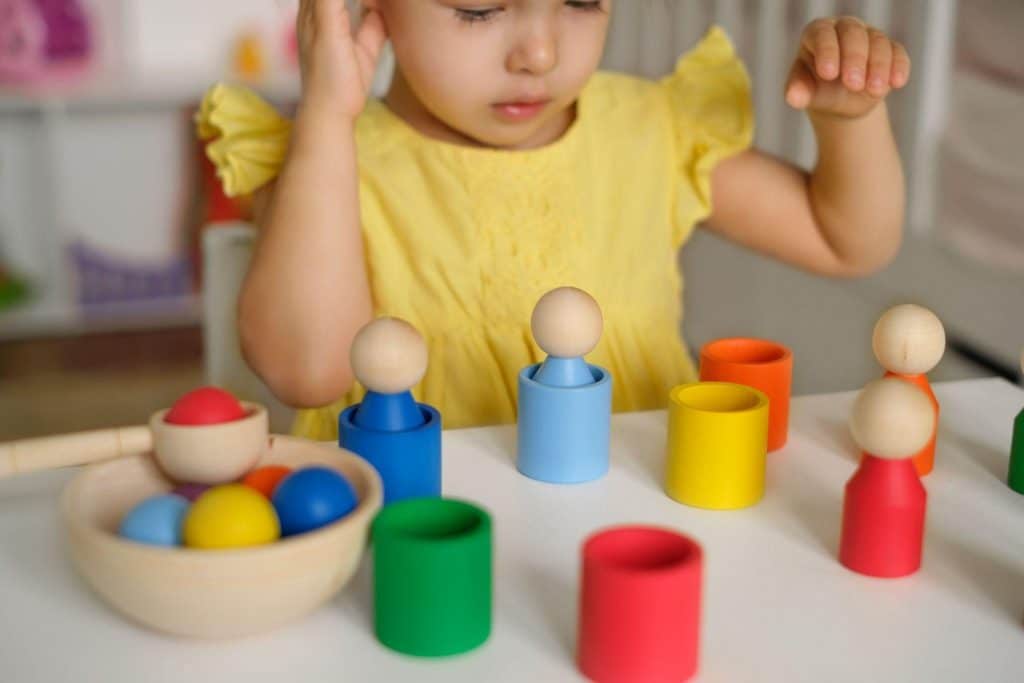
Many times, combining two different subject areas into one approach allows for the solution of some issues. This is exclusive to STEAM education because in traditional classroom settings, the curriculum has always been divided according to the time allotted and the textbook. Students have the chance to practise these interpersonal communication skills in a secure setting through STEAM lesson activities. The majority of STEAM lesson activities are not pass or fail, so there is no risk in coming up with a solution and cooperating with others to find the best one. Collaboration and communication are two skills that can be developed over time.
Real-world jobs are multidisciplinary in nature. Children benefit from STREAM’s multidisciplinary approach to learning because it demonstrates how different disciplines interact. They get the chance to explore, and it helps them build the variety of skills needed for jobs in the future.
In STREAM, reading and writing are skills are essential to a child’s education and can be applied to their future jobs. It’s beneficial that they learn these skills at an early age so they can develop them into adulthood. Reading and writing help children learn about the world around them and their place in it. They also help children appreciate different types of literature, which can help them become well-rounded adults who respect others’ opinions, ideas, and cultures.
Children’s holistic growth and development require STREAM learning. STREAM projects and activities enable them to apply their knowledge in practical settings and train them to think critically and become future leaders.
Disadvantages of STEAM and STREAM
Many people do not believe that integrating STEM with the arts and reading is advantageous. In fact, some view it as a distraction from the main goal and focus of STEM. People are dubious about the inclusion of A and R in STEM because they believe that STEAM and STREAM’s main objectives are to emphasise reading and the arts rather than STEM education.
Like any other initiative, STEAM and STREAM will receive support from those who favour the conventional STEM approach. It is crucial to include arts, reading, and writing in the curriculum if a child’s overall development is to be improved. Regardless of the technicalities involved, a child needs to be groomed from every angle.
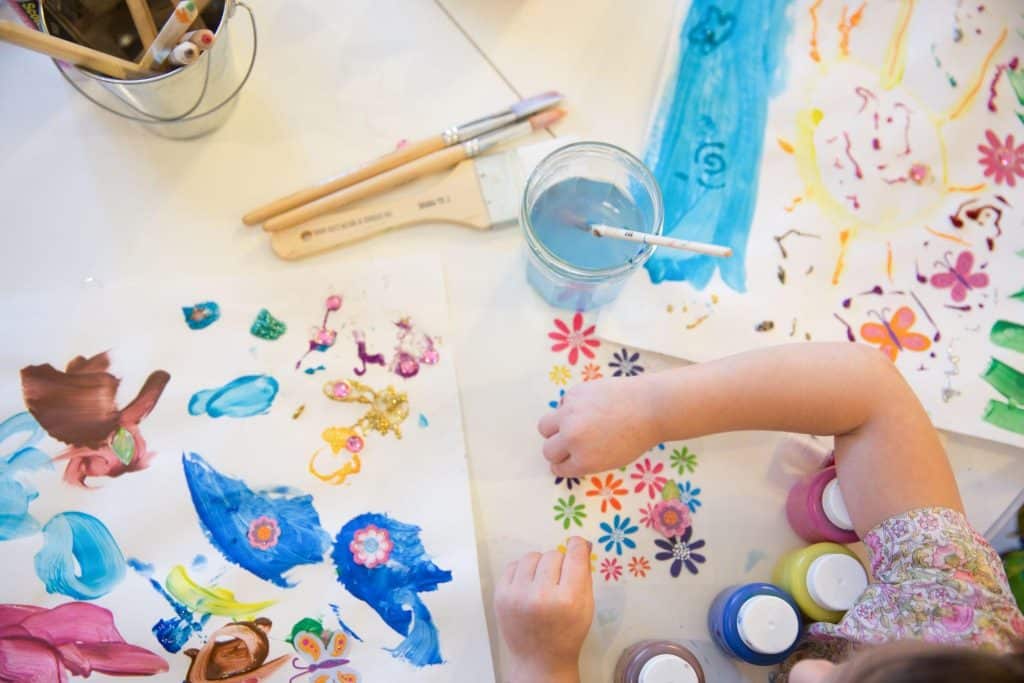
The STEM, STEAM, and STREAM curricula are all valuable ways to learn. However, it’s important to understand their differences.
STEM is a good starting point for students who want to study science or maths in college. It can teach them the skills they need for those subjects but doesn’t always teach them how these subjects relate to other types of learning.
The most important thing for parents is to understand the differences between the three options and to make sure that the child is happy with their choice. STEM doesn’t mean that you need to focus on science, technology, engineering and maths throughout school. It just means focusing on one of these four subjects at a time. It’s also beneficial for a student to have expertise in multiple fields where they can connect the dots in different types of science or maths.
Our STEAM Enrichment Programme is a fun and engaging addition to our proprietary curriculum model. This ensures that every child receives a well-rounded education that will prepare them for success in the future. These seemingly complex concepts are learned at Mulberry Learning through a variety of highly engaging and exciting STEAM enrichment activities that develop children’s creativity, problem solving, and critical thinking skills. Lastly, our STEAM Enrichment Programme complements the strong Reading & Writing Programmes under our Literacy Fun and Chinese Master Programmes, hence your child can also experience STREAM for a more comprehensive learning journey.
Every parent understands how it feels to have their child do something seemingly “out of character” and wonder…where did he/she pick it up from? Or when you are doing household chores or preparing to go to work, and they picked that exact time on purpose to break something. It can be increasingly frustrating, and it would be easy for you to snap at them. This is how not to set an example.
Mulberry School Tour
Our Locations
Click here to visit our Contact Us page and view the preschool/infant care centres conveniently located near you.
CONNECT WITH US
USEFUL LINKS
About Us
Mulberry Learning prides itself on making the preschool experience both memorable and enjoyable while transforming a child into a competent explorer, an imaginative thinker, and a creative problem solver. Through our proprietary award-winning curriculum, unique Habits of Mind programme and dedicated staff who are passionate about imparting positive attitudes, Mulberry Learning holds strong in its promise to deliver a holistic education that nurtures the Future Ready Child.
A PREMIUM PRESCHOOL BRAND UNDER GLOBAL EDUHUB

